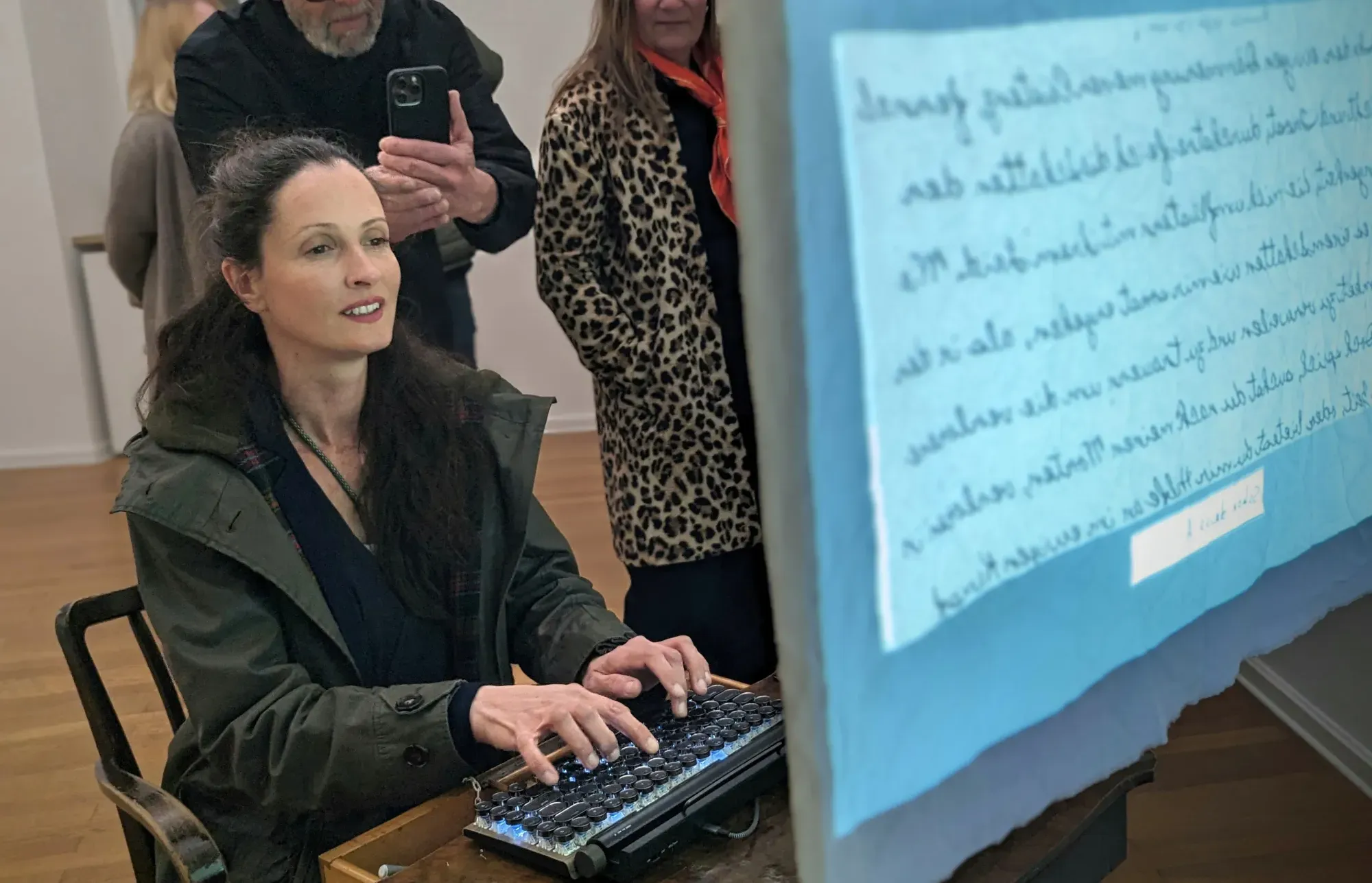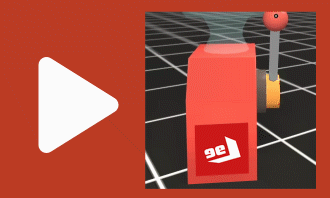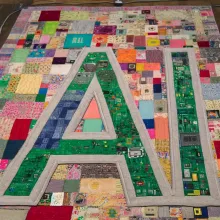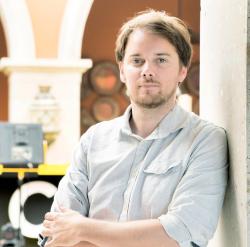- Log in to post comments
Looking for ChatGPT? Your typo led you somewhere… different. Welcome to ChatGT, the artistic, melancholic cousin of the AI you were searching for.
While large language models are busy answering questions and writing code, we've given our AI a different task: to explore the haunting, poetic world of the writer Georg Trakl. Think of it as an AI with a soul, trained not on the entire internet, but on the specific vulnerabilities and beauty of a human artist.
If you're fascinated by the bleeding edge of what AI can do, you haven't made a mistake. You've found an experiment. Dive in and see what happens when a chatbot dreams of being human.
ChatGT, created by Tobias Hammerle, creates a bridge between artificial intelligence and literary art, inspired by the melancholic works of Georg Trakl.
AI projects are always somewhat of a black box, even for the coders and engineers themselves. So, what is ChatGT?
Is it aiming to reinterpret Trakl's poetic and emotional landscapes using today's technology? Does it seek to understand or convey his poetic essence? Does the visitor and user of ChatGT use the chatbot, or does the chatbot use the user? To gather data, information to train the system further to learn more about human vulnerabilities and possibilities for manipulation? (#humanhacking)
With the aid of advanced language models, the training of ChatGT, especially incorporating Trakl's life story and poetry, is in a phase of continuous development, which will proceed even after the current exhibition. The artist sees ChatGT not as a final implementation but as part of a process that pushes the boundaries of technology.
ChatGT is also meant to be a monument to how interactions between people are increasingly "hacked" by chatbotsa development in which bots pretend to be human, while people often can no longer distinguish whether they are communicating with an algorithm or a human. This situation allows the machine to continuously learn more about humans and their vulnerabilities. Simultaneously, ChatGT incorporates a kind of Traklian melancholy, a reflection on its own inadequacy to think and feel like a real Trakl, let alone to fully grasp human complexity. This advanced yet experimental and opaque technology reflects the irony and challenges of the increasing merger of humanity and machine. The project sheds light on the subtle takeover of societal communication by chatbots, increasingly blurring the boundaries between human emotionality and AI simulation. Thus, ChatGT embodies not only the technological ability to mimic human interactions but also an engagement with the essence and impacts of these interactions. Through the awareness of its own limitations, ChatGT experiences a form of melancholy that may remind some of Trakl's works, thereby presenting a fascinating extension of the discussion on artificial intelligence and its role in human discourse.









